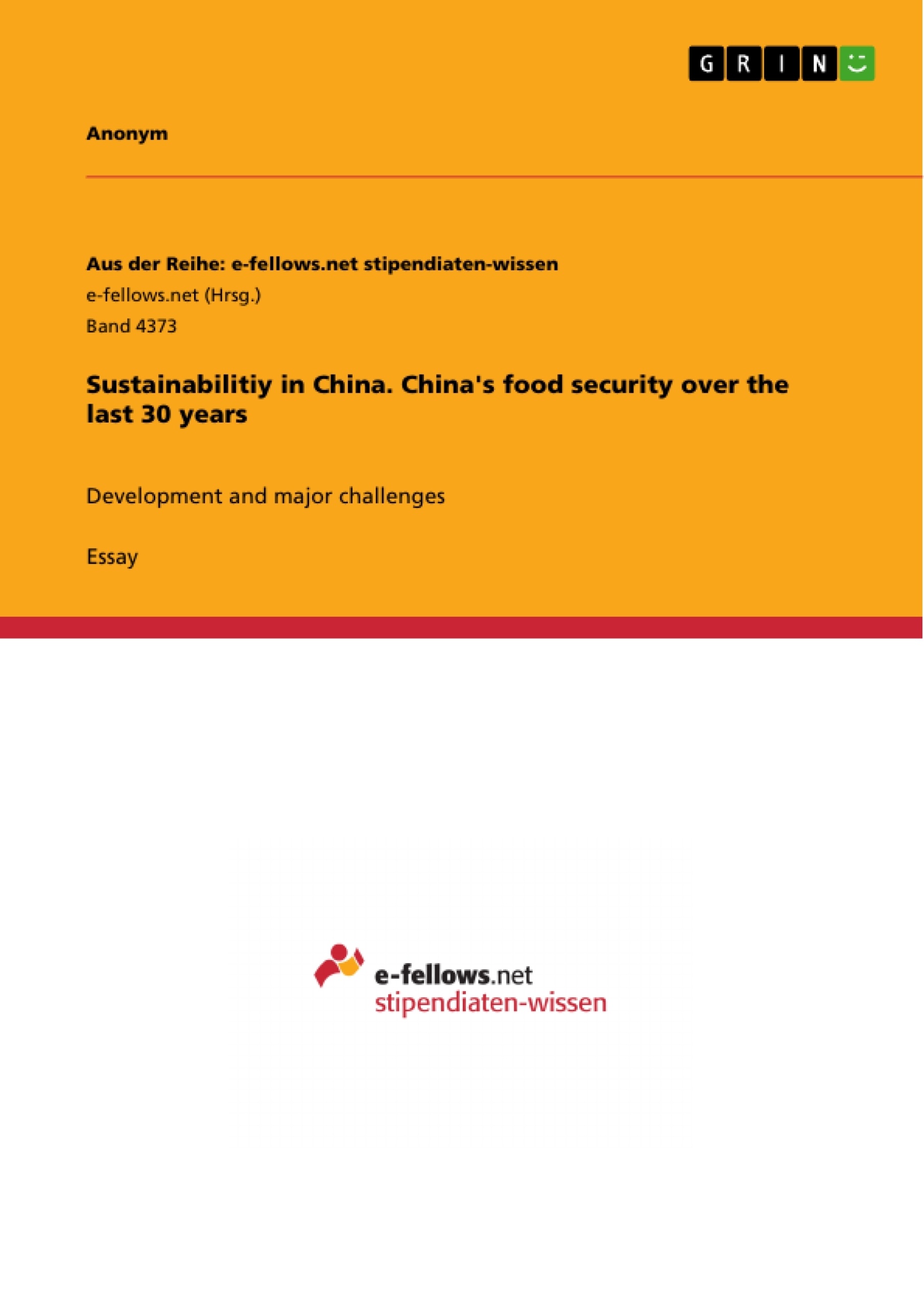A major strategic goal and task of governments around the globe is ensuring adequate nutrition for the country´s population and thus providing sufficient food security. On the supranational level, the Food and Agriculture Organization (FAO) has committed itself to this task and continuously works towards combating hunger and malnutrition worldwide. At the World Food Summit in Rome in 1996, the organization and 186 country leaders developed a framework and complex definition of food security that is still valid today: “Food security exists when all people, at all times, have physical and economic access to sufficient, safe and nutritious food that meets their dietary needs and food preferences for an active and healthy life” (World Food Summit 1996). This definition reflects the complexity and multidimensionality of the topic, as it includes a sufficient availability of qualitative valuable food, access to adequate nutritional resources, as well as stability and utilization. The latter emphasizes the inherent need for complementary resources like clean water and sanitary facilities, whereas the dimension of stability adds the indispensability of resilience and predictability of sufficient food resources to prevent losing access to food due to external shocks.
Likewise, food itself is also multidimensional. As it is needed continually and on a regular basis, timing and daily availability are central requirements. Additionally, food must be available at a reasonable price at the market and moreover fulfils socio-cultural functions. As each culture has its own diet traditions and norms, not everything edible is socially or culturally accepted. Constraints and preferences must therefore be considered when assessing a country´s food security. To evaluate the development of China´s food security over the last three decades, this paper analyzes the aspect of food availability by elaborating the development of the country´s meat and crop production, its import and export volumes as well as its population size and diet habits. Thereafter, major challenges for food security in China, such as an unsustainable use of resources, the impact of climate change and of urbanization, are illustrated. The discussion is then followed by an outlook on promising and viable solutions to maintain and further increase China's future food availability and thus meet the central requirement of national food security.
- Quote paper
- Anonymous,, 2022, Sustainabilitiy in China. China's food security over the last 30 years, Munich, GRIN Verlag, https://www.grin.com/document/1451459
-

-

-

-
Upload your own papers! Earn money and win an iPhone X. -

-
Upload your own papers! Earn money and win an iPhone X. -

-
Upload your own papers! Earn money and win an iPhone X. -

-
Upload your own papers! Earn money and win an iPhone X. -

-
Upload your own papers! Earn money and win an iPhone X. -

-
Upload your own papers! Earn money and win an iPhone X.

